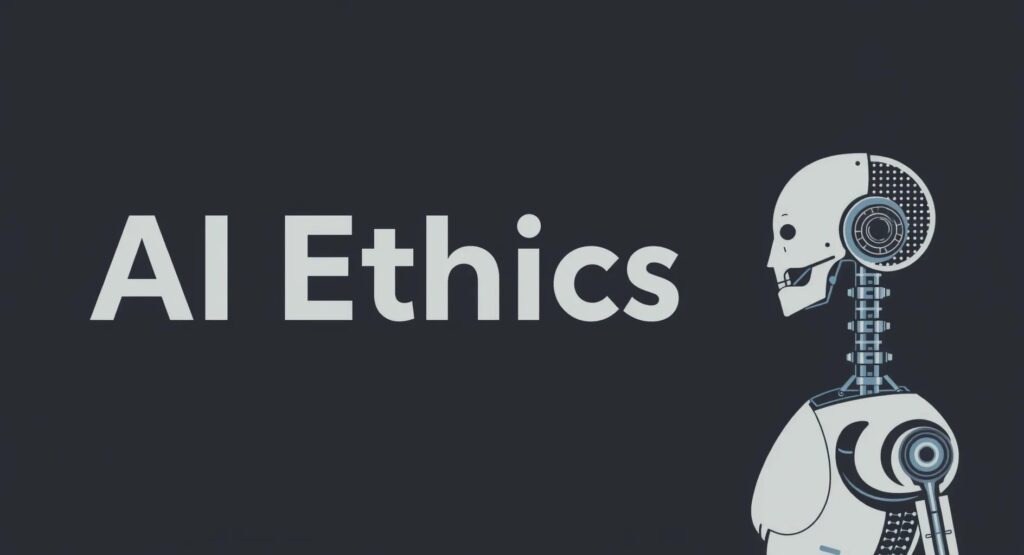
A Closer Look at the Ethical and Business Implications
What is AI Watermarking? OpenAI, a trailblazer in the AI field, finds itself at the heart of a significant debate over the release of a watermarking system for AI-generated content. This system, which could allow for the detection of AI-generated text, is ready for deployment. Yet, despite strong public support and the clear potential benefits for various sectors, OpenAI is hesitating. The reasons for this delay are multifaceted, rooted in concerns over business impact, ethical considerations, and the broader implications of such a tool.
The Technical Capabilities: What Can the AI Watermarking System Do?
OpenAI’s watermarking system is an advanced tool designed to embed subtle, undetectable markers within text generated by its models, such as ChatGPT. These markers can be used to identify the text’s origin, distinguishing it from content created by humans. Technologically, this is a significant achievement. It leverages complex algorithms to ensure that the watermark is resistant to tampering, making it a reliable tool for detecting AI-generated content.
This capability could be particularly valuable in environments where authenticity is paramount. In academia, for instance, the ability to detect AI-generated assignments would help educators maintain the integrity of their assessments. In journalism, it could prevent the spread of misinformation by ensuring that articles and reports are not falsely attributed to human authors.
Public Support and the Call for Transparency
OpenAI’s own research underscores the public’s appetite for such a tool. A survey commissioned by the company revealed that a significant majority of people worldwide—by a margin of four to one—support the idea of an AI detection tool. This overwhelming support suggests a growing awareness of the potential risks associated with AI-generated content and a desire for greater transparency.
For many, the introduction of a watermarking system represents a step towards ensuring that AI is used responsibly. It would empower users to make informed decisions about the content they consume and produce, fostering a more transparent and accountable digital ecosystem.

The Business Impact: Weighing Profitability Against Transparency
Despite the clear public demand, OpenAI is cautious about releasing the watermarking system. The company’s hesitation seems to stem from concerns about how the tool might impact its business model. OpenAI operates in a competitive and rapidly evolving market, where user engagement is critical to success. There’s a legitimate fear that the introduction of detectable watermarks could discourage users—especially those who depend on AI for content creation—from using OpenAI’s products.
For many content creators, AI tools like ChatGPT are invaluable. They save time, increase productivity, and enhance creativity. However, if these tools begin to carry detectable watermarks, users might worry about the perception of their work. Will clients or audiences value AI-assisted content less? Could this lead to a decline in demand for AI-generated content? These are questions that OpenAI must grapple with.
Moreover, the watermarking system could inadvertently create a market for tools designed to remove or circumvent these markers, leading to a new set of challenges for the company. The potential backlash from the AI community, which thrives on the flexibility and creativity that AI tools offer, could further complicate matters.
Ethical Considerations: Balancing Innovation with Responsibility
Ethically, the decision to release—or withhold—the watermarking system is fraught with challenges. On one hand, releasing the tool could be seen as a commitment to transparency and responsible AI usage. It would help to curb unethical practices, such as students submitting AI-generated essays as their own work, or authors using AI to generate content without proper attribution.
However, there are also significant ethical concerns associated with the release of such a tool. Privacy is one such concern. If the watermarking system is too effective, it could lead to situations where AI-generated content is easily traceable back to individual users, raising questions about user anonymity and data privacy.
There’s also the risk of misuse. In the wrong hands, the detection tool could be used to target individuals or suppress certain types of content. For instance, it could be employed to discredit legitimate content simply because it was generated with the help of AI, or to enforce overly restrictive regulations on AI usage in creative industries.
The Broader Implications: The Future of AI Content
The decision whether to release the watermarking tool has far-reaching implications for the future of AI-generated content. As AI becomes more integrated into everyday life, the need for tools that can distinguish between human and AI work will only grow. However, the way these tools are implemented—and the regulations surrounding them—will play a crucial role in determining how AI is perceived and used in the future.
If OpenAI decides to release the watermarking system, it could set a precedent for other AI companies, encouraging them to develop and release similar tools. This could lead to a more transparent AI ecosystem, where the origins of content are clear, and users can trust what they read and consume.
On the other hand, if OpenAI chooses not to release the tool, it might signal a preference for user flexibility and creativity over transparency. This could lead to a more laissez-faire approach to AI content, where the lines between human and AI work remain blurred.
Navigating the Complex Landscape: OpenAI’s Path Forward
OpenAI stands at a crossroads, facing a complex decision that could shape the future of AI technology. The company must carefully weigh the benefits of increased transparency and public trust against the potential risks to its business and the broader implications for user privacy and content authenticity.
Ultimately, the decision will likely reflect a balance between these competing interests. OpenAI might choose to release the watermarking tool with certain limitations or safeguards in place, ensuring that it is used responsibly while minimizing potential drawbacks. Alternatively, the company could opt for a phased approach, introducing the tool in specific sectors—such as education—where the need for transparency is most pressing.
Whatever the outcome, OpenAI’s decision will have a profound impact on the AI landscape. It will influence how other companies approach similar challenges and shape the expectations of users, educators, and content creators alike. As the debate over AI-generated content continues to evolve, one thing is clear: the need for responsible innovation has never been greater.
Related FAQs
What is AI watermarking?
AI watermarking is a technique used to embed hidden identifiers within AI-generated content, enabling the tracking and verification of its origin.
Why is OpenAI hesitant about implementing AI watermarking?
OpenAI is cautious due to ethical concerns, such as potential misuse for censorship or control, and the impact on innovation and business competitiveness.
How does AI watermarking work?
AI watermarking works by embedding invisible markers within content, which can be detected through algorithms, allowing the content’s source to be traced.
What are the potential benefits of AI watermarking?
Benefits include preventing plagiarism, ensuring content authenticity, enhancing transparency, and reducing the spread of misinformation.
Are there any legal implications associated with AI watermarking?
Yes, watermarking can raise legal issues related to copyright, privacy, and intellectual property rights, leading to potential disputes.
What are the technical challenges of implementing AI watermarking?
Challenges include maintaining watermark integrity after content modifications, preventing easy removal, and ensuring the process doesn’t degrade content quality.
Could AI watermarking stifle creativity or innovation?
Yes, there is concern that watermarking could limit creative freedom and create barriers for smaller players in the AI industry.
How might consumers be affected by AI watermarking?
Consumers could benefit from increased content transparency, but may also face privacy concerns if watermarking is used for tracking content without consent.
What alternatives to AI watermarking exist for ensuring content authenticity?
Alternatives include digital signatures, blockchain for content tracking, and metadata tagging, each offering different benefits depending on the application.
Is AI watermarking already in use, and by whom?
While some organizations are experimenting with AI watermarking, it is not yet widely adopted, and standards are still under development.
For more insights into AI and its ethical implications, explore further resources
Resources:
- OpenAI Blog – “Watermarking Text for AI Models: Challenges and Considerations”
This article discusses the potential benefits and drawbacks of implementing watermarking in AI-generated content and why OpenAI is taking a cautious approach.
Read more - The Verge – “Why OpenAI is Rethinking AI Watermarking”
A deep dive into the technical challenges and ethical concerns that are leading OpenAI to reconsider watermarking AI-generated content.
Read more - TechCrunch – “The Business Risks of AI Watermarking: A Closer Look”
An analysis of the business risks and opportunities presented by AI watermarking, including its impact on innovation and competition.
Read more - AI Ethics Journal – “Ethical Implications of AI Watermarking: Protecting Users or Stifling Creativity?”
This paper explores the ethical implications of AI watermarking, discussing whether it can protect users or potentially limit creativity and freedom of expression.
Read more - Harvard Business Review – “Balancing Ethics and Business: OpenAI’s Approach to AI Watermarking”
A detailed exploration of how OpenAI is balancing ethical considerations with business realities in its approach to AI watermarking.





